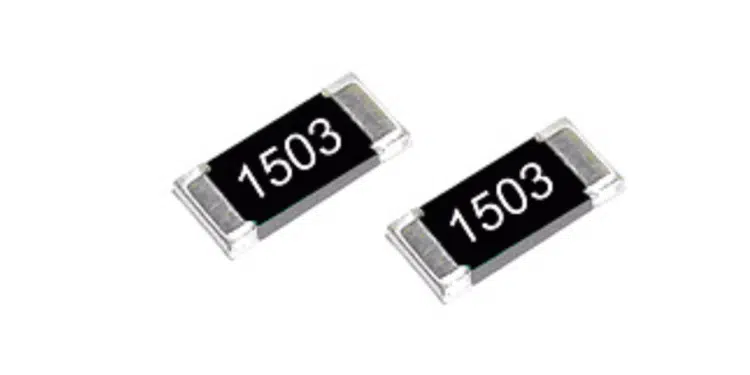Applications that require tolerances tighter than 0.5%, TCR’s lower than 50 ppm, or superior electrical performance will regularly choose nichrome based thin film chip resistors.
These resistor types have the greatest availability in the market currently. However,if the end product resides in a high moisture environment, nichrome resistors may experience corrosion due to moisture causing the resistance value to increase and eventually open completely.
The RNCS/RNCH series employs a special manufacturing process to ensure high power, high precision, ultra stable performance, and long life in the harshest environments. In moisture comparison testing, the RNCS/RNCH series outperformed conventionally passivated Nichrome chip resistors and demonstrated the anti-corrosive claims characterized by Tantalum Nitride resistor products.
The RNCS will shift less than 0.05% under Mil STD 202 biased humidity testing and less than 0.1% after 3000 hours of 85ºC, 85% R.H. 10% rated power, which is widely regarded as the harshest biased humidity test for resistors.
Features:
- Special passivation for moisture sensitive applications
- Absolute TCR’s to 15 ppm/ºC
- Test proven immunity to humidity and moisture corrosion
- Absolute tolerances to 0.1%
- Ideal replacement for costly Tantalum Nitride resistors
- Qualified to AEC-Q200
- E196 values are not marked
- RoHS compliant, leadfree and halogen free
Pricing for the RNCS depends onsize, tolerance, and TCR and ranges from $0.03 to $0.30 each in full package quantities.
































